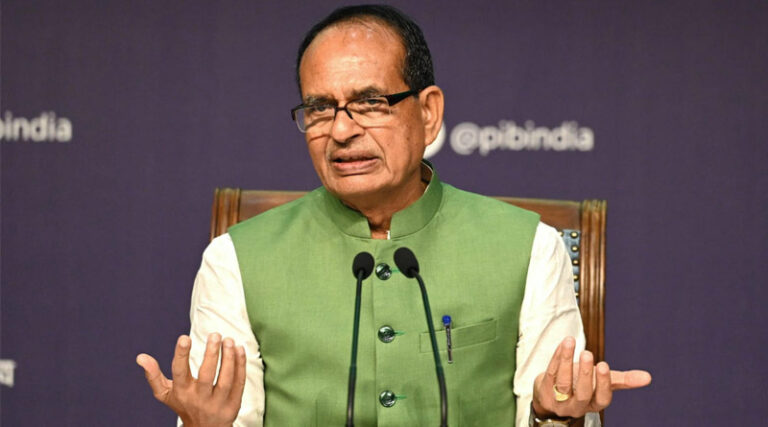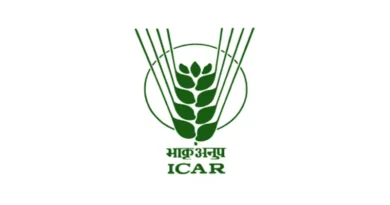
India Targets 12.7% Expansion in Pulses Cultivation Area to Achieve Self-Reliance by 2030
10 October 2025, New Delhi: India is set to significantly expand its pulses cultivation area by 12.7%, growing from 27.5 million hectares to 31 million hectares by 2030–31 under the newly launched “Self-Reliance in Pulses Mission.” The initiative, announced ahead of its official launch by Prime Minister Narendra Modi on October 11, marks a major stride in India’s strategy to achieve self-sufficiency in pulses production and reduce import dependence.
India is the world’s largest producer, consumer, and importer of pulses. Despite consistent growth in recent years, the country still imports to bridge the gap between demand and domestic supply. The new mission aims to raise production from 24.2 million tonnes to 35 million tonnes, accompanied by a productivity increase from 880 kg per hectare to 1,130 kg per hectare.
The Government of India has outlined a comprehensive strategy focusing on high-yielding, pest-resistant, and climate-resilient varieties of pulses. More than 1.26 crore quintals of certified seeds and 88 lakh free seed kits will be distributed to farmers to ensure high-quality seed availability. Furthermore, 1,000 new processing units will be established in key pulse-growing states, each supported by a government subsidy of ₹25 lakh.
Union Minister of Agriculture and Farmers’ Welfare and Rural Development, Shivraj Singh Chouhan, said that the mission would ensure 100 percent procurement of registered farmers’ produce at the Minimum Support Price (MSP)through central agencies. This will help stabilize prices and guarantee fair returns for farmers.
The mission will prioritise key pulse crops such as pigeon pea, black gram and lentil, which collectively contribute a major share of India’s pulse production. The government’s goal is to make India completely self-reliant in pulses within the next decade while strengthening food security and boosting farmers’ income.
This push towards expanding acreage and productivity comes as part of a broader national agenda to enhance nutritional security, soil health, and climate resilience. Pulses, being nitrogen-fixing crops, contribute significantly to sustainable agriculture by improving soil fertility and reducing the need for chemical fertilisers.
The mission is also expected to stimulate the pulses value chain, with new investments in storage, processing, and marketing infrastructure. By focusing on both production and post-harvest systems, the government envisions a robust, self-sustaining pulses ecosystem supporting millions of farmers across India.
Also Read: CropLife India Re-Elects Ankur Aggarwal as Chairman at 45th AGM
📢 If You’re in Agriculture, Make Sure the Right People Hear Your Story.
From product launches to strategic announcements, Global Agriculture offers unmatched visibility across international agri-business markets. Connect with us at pr@global-agriculture.com to explore editorial and advertising opportunities that reach the right audience, worldwide.






